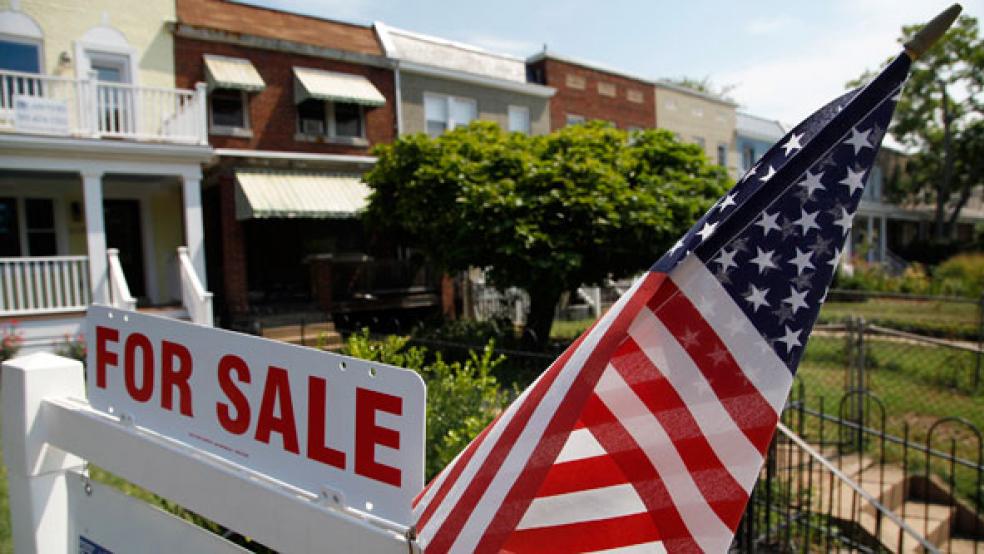The Consumer Price Index rose 3.2% in July on an annual basis, the Bureau of Labor Statistics reported Thursday. While the topline number edged higher for the first time in 13 months, the underlying data indicate that inflation continues to moderate, bolstering hopes that the Federal Reserve can pull off a recession-free soft landing for the U.S. economy.
On a monthly basis, prices rose 0.2% in July, equaling the June number, as expected. Perhaps more encouragingly, the closely watched core CPI, a measure of inflation that leaves out volatile food and energy prices, dropped a tenth of a percentage point to 4.7% on an annual basis. The monthly core CPI number equaled the broader measure of 0.2% — the same as in June and tied for the lowest result in two years.
The largest single factor in the inflation number was housing, with shelter costs accounting for 90% of the increase, per Bloomberg. Some factors that contributed to the initial inflationary surge fell, however, with used cars dropping by 1.3% on a monthly basis.
Overall, the numbers have helped ease fears that inflation is rebounding significantly, which would likely push the Federal Reserve to raise interest rates even higher, increasing the risk of recession.
Dueling storylines: The inflation report supplied enough contradictory data to support both Republican and Democratic narratives. In a statement, President Joe Biden celebrated the news. “Annual inflation has fallen by around two thirds since last summer, and inflation outside of food and energy has fallen to its lowest level in any three-month period since September 2021,” he said. “We’ve made this progress while maintaining the broad strength of our economy.”
Republicans, on the other hand, emphasized the increase in the topline inflation number. “Today’s Consumer Price Index shows inflation ticked up over the last year and remains more than double what it was when Biden took office,” the Republican National Committee said.
Raising hopes for a Fed pause: Earlier this week, Philadelphia Fed President Patrick Harker joined a chorus of analysts who think that it’s time for the Fed to pause its relentless campaign of interest rates hikes aimed at slowing inflation. “I believe we may be at the point where we can be patient and hold rates steady,” Harker said in a Tuesday speech.
The Wall Street Journal’s Amara Omeokwe, Nick Timiraos and Christian Robles noted Thursday that the three-month annualized rate of inflation — a measure that some economists say gives a particularly good sense of the current dynamic around prices — is now 3.1%, the lowest point in two years and well below the 5% level recorded in May.
“My God, that’s incredible,” Laurence Meyer, a former Fed governor, told the Journal. “There’s absolutely no question that core inflation has turned the corner faster” than anticipated.
Joseph Brusuelas, chief economist at the consulting firm RSM, said the latest inflation report “supports a Fed pause at its September policy meeting & is further good economic news given where inflation stood one year ago.”
There could be bumps ahead: Former PIMCO chief Mohamed A. El-Erian said Thursday that only time will tell if the soft landing scenario for the U.S. economy becomes a reality. “There is certainly a lot to like in the latest CPI report,” he wrote at Bloomberg. “There is also need, however, for greater care in simply extrapolating its path given some price developments in the pipeline.”
Most notably, energy and food prices have been rising recently, and “it’s just a matter of time until the pass-through effects are felt in the prices of a wider set of goods and services,” El-Erian said. The ultimate effect could simply be a moderation of the disinflationary trend. At the same time, the price increases could push inflation higher again, raising difficult questions for the Fed about how to deal with a new round of price hikes.
In a research note titled “Inflation still too hot,” Diane Swonk, chief economist at KPMG, also took a cautious approach, saying that she expects interest rates to remain high for some time, despite recent progress. “Inflation is cooling, but the path down is still expected to be bumpy and littered with potholes,” she wrote. “The Fed has hit its peak in rates but is expected to remain reluctant to declare victory at its next meeting in September. No cut in rates is expected until May.”




